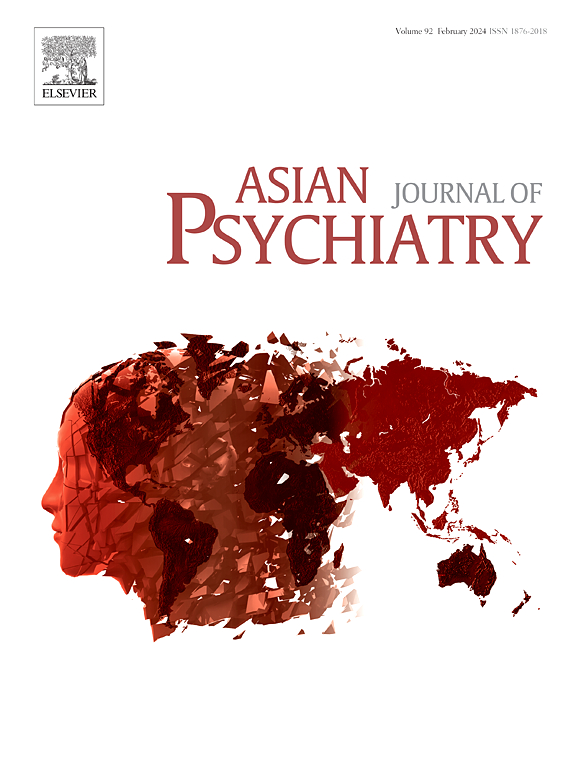Budget impact analysis of long-acting injections for the treatment of Schizophrenia in Japan
IF 3.8
4区 医学
Q1 PSYCHIATRY
引用次数: 0
Abstract
Background
Following policy changes implemented in April 2020 in Japan, long-acting injectable antipsychotics (LAI-As) have been reimbursed as a part of a government initiative for community-oriented mental health care. This study assessed the financial impact of increased LAI-A usage compared to the current LAI-A and oral antipsychotic (OA) usage for the treatment of adult patients with schizophrenia.
Methods
A budget impact (BI) model was developed to estimate the BI of increased LAI-A usage from the Japanese healthcare payor perspective over five years. The inputs were informed by the most recent available data reflecting the current reimbursement structure and treatment practices. The model considered drug acquisition, administration visit, psychotherapy, and hospitalization costs. Scenario and sensitivity analyses were conducted.
Results
Increasing LAI-A uptake by 10 % from current usage each year resulted in a BI of ¥886,001,060 (0.09 % increase) over five years. Hospitalization and drug acquisition costs constituted 84.1 % and 9.4 % of the total cost, respectively. Variation in the hospitalization inputs for patients on OAs and LAI-As had the greatest impact on the net budget, ranging from being cost saving to resulting in a small positive BI.
Conclusion
Increased utilization of LAI-As for schizophrenia treatment in Japan has a minimal BI. Despite the increased drug acquisition and administration visit costs, the decreased hospitalization costs offset the overall impact. Altogether, these findings support the continued reimbursement and usage of LAI-As aligned with the recent policy changes.
日本治疗精神分裂症长效注射剂的预算影响分析
在日本于2020年4月实施政策变更后,长效注射抗精神病药物(LAI-As)已作为政府面向社区的精神卫生保健倡议的一部分得到报销。本研究评估了增加LAI-A使用与目前LAI-A和口服抗精神病药(OA)治疗成人精神分裂症患者的财务影响。方法建立预算影响(BI)模型,从日本医疗保健支付者的角度估计五年内ai - a使用增加的BI。这些投入是根据反映当前报销结构和治疗做法的最新可用数据提供的。该模型考虑了药物获取、行政访问、心理治疗和住院费用。进行情景分析和敏感性分析。结果每年在当前使用量基础上增加10% %的LAI-A吸收量,5年内BI为¥886,001,060(增加0.09 %)。住院费用和药品购买费用分别占总费用的84.1% %和9.4% %。接受oa和ai的患者住院投入的差异对净预算的影响最大,从节省成本到导致小的阳性BI。结论日本精神分裂症患者使用LAI-As的比例增加,其BI水平较低。尽管药品采购和行政访问费用增加,但住院费用的减少抵消了总体影响。总之,这些调查结果支持根据最近的政策变化继续报销和使用lei - a。
本文章由计算机程序翻译,如有差异,请以英文原文为准。
求助全文
约1分钟内获得全文
求助全文
来源期刊

Asian journal of psychiatry
Medicine-Psychiatry and Mental Health
CiteScore
12.70
自引率
5.30%
发文量
297
审稿时长
35 days
期刊介绍:
The Asian Journal of Psychiatry serves as a comprehensive resource for psychiatrists, mental health clinicians, neurologists, physicians, mental health students, and policymakers. Its goal is to facilitate the exchange of research findings and clinical practices between Asia and the global community. The journal focuses on psychiatric research relevant to Asia, covering preclinical, clinical, service system, and policy development topics. It also highlights the socio-cultural diversity of the region in relation to mental health.
 求助内容:
求助内容: 应助结果提醒方式:
应助结果提醒方式:


